This geographic website is for the Gap Analysis Program (GAP) Viewer of the USGS for Protected Areas and Land Cover Data.
Separated into two different viewers for user clarity, the viewers provide users ranging from the public to professional land managers a spatially explicit inventory of the Protected Areas of the United States and a consistent nation-wide inventory of vegetation and land-use patterns for the United States.
This compilation of data types for the Gap Analysis Program is being served by the United States Geological Survey for aid in conservation, land management, planning, and recreation, amongst other uses. In order to increase collective knowledge, these interactive maps are designed to disseminate up to date, concise, and specific data to facilitate the planning and management of biological diversity on a local, regional, and national scale.
Data viewers like these can be exceptionally helpful to both grab data and see data without the need to use any local semblance of a Geographical Information System. In accordance with our national park projects and our final projects, I could see these viewers becoming exceedingly helpful in data gathering and analysis. I encourage you to check them out and see how you can utilize them!

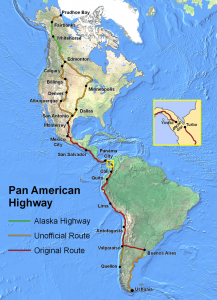
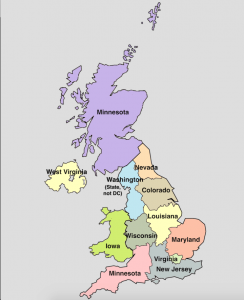
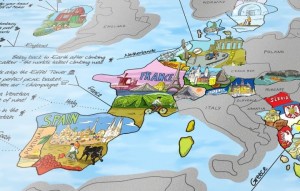
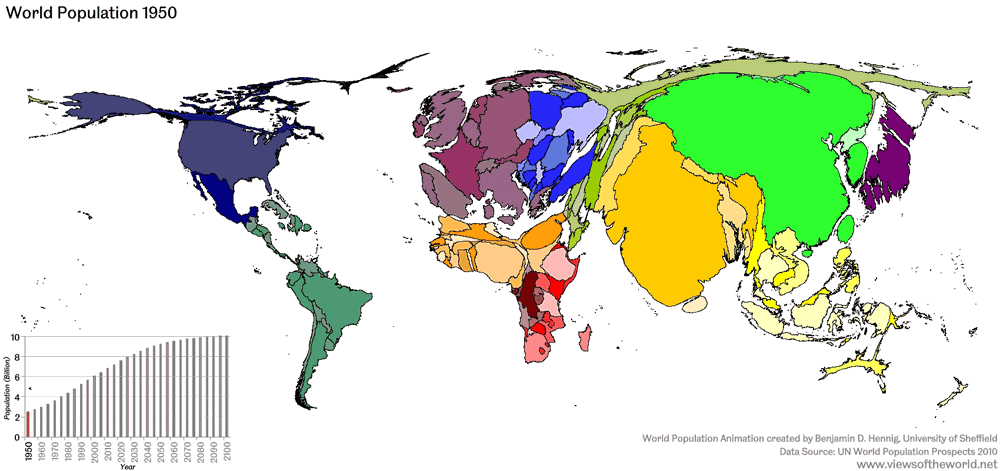
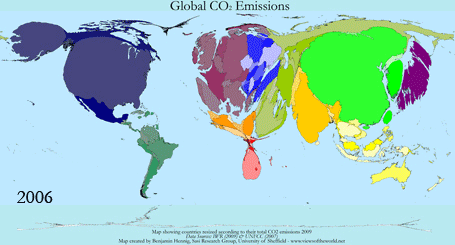 You can gauge just from looking at it, which countries are the biggest and smallest in the world. Notice how the United States, China, India, and most of Europe are emitted heavily.
You can gauge just from looking at it, which countries are the biggest and smallest in the world. Notice how the United States, China, India, and most of Europe are emitted heavily.